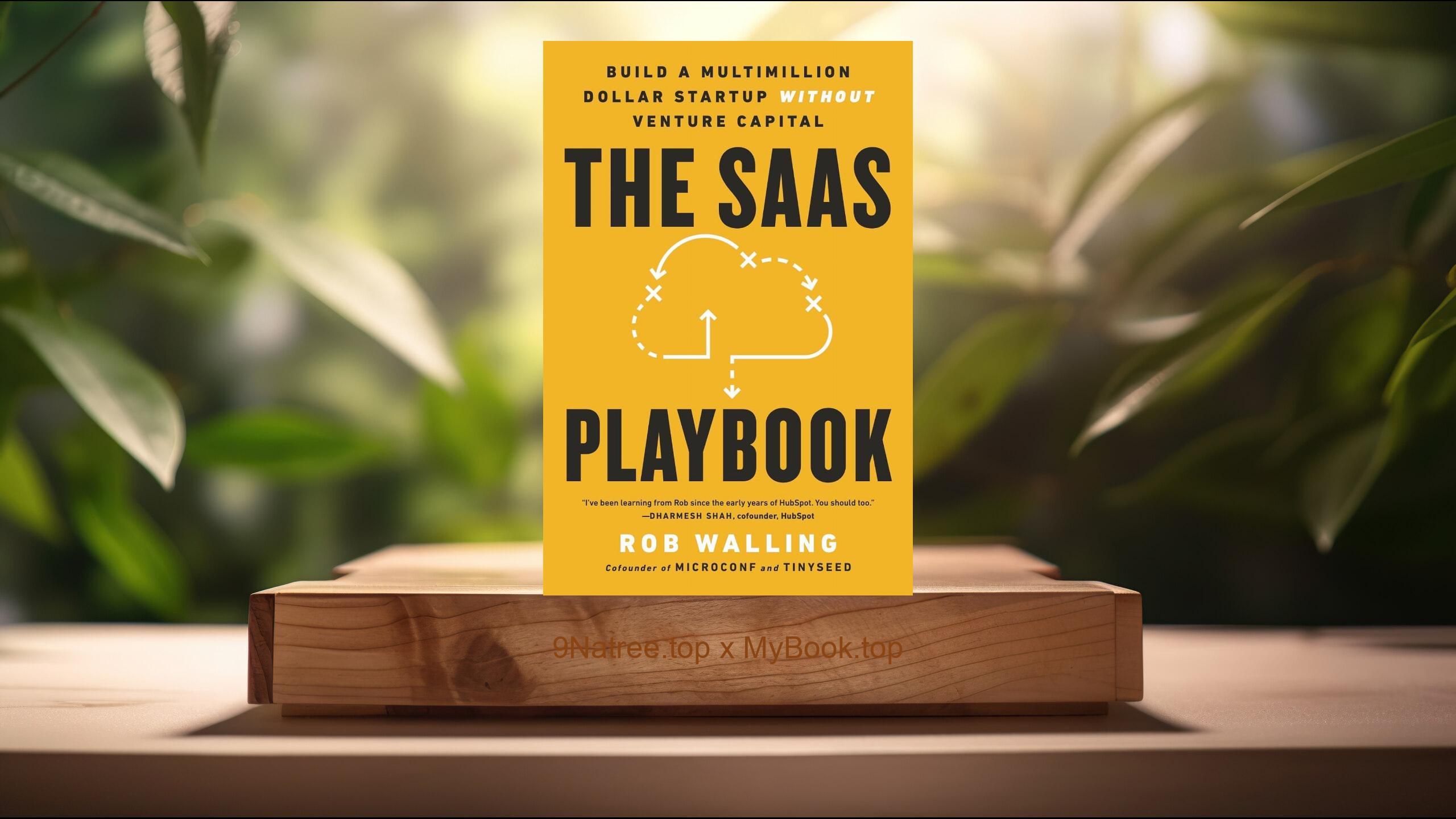Show Notes
- Amazon USA Store: https://www.amazon.com/dp/B00HJZVUU8?tag=9natree-20
- Amazon Worldwide Store: https://global.buys.trade/The-Undercover-Economist-Strikes-Back-Tim-Harford.html
- Apple Books: https://books.apple.com/us/audiobook/the-undercover-economist-strikes-back-how-to-run-or/id1418885944?itsct=books_box_link&itscg=30200&ls=1&at=1001l3bAw&ct=9natree
- eBay: https://www.ebay.com/sch/i.html?_nkw=The+Undercover+Economist+Strikes+Back+Tim+Harford+&mkcid=1&mkrid=711-53200-19255-0&siteid=0&campid=5339060787&customid=9natree&toolid=10001&mkevt=1
- Read more: https://mybook.top/read/B00HJZVUU8/
#Macroecomics #Inflation #Unemployment #FiscalPolicy #MonetaryPolicy #FinancialCrises #Globalization #EconomicPolicy #TheUndercoverEconomistStrikesBack
These are takeaways from this book.
Firstly, Understanding Inflation, Inflation is a critical concept in macroeconomics that impacts the buying power of money, affecting everything from everyday purchases to long-term savings. Tim Harford explains inflation as the general increase in prices over time, which can erode the value of currency. He discusses the causes of inflation, such as demand-pull inflation, where increased demand for goods and services outpaces supply, leading to higher prices. Harford also explores cost-push inflation, triggered by a rise in the cost of production inputs like raw materials. Additionally, he discusses the role of monetary policy in managing inflation, highlighting how central banks use interest rate adjustments to control economic growth and inflation rates. Through engaging examples, Harford unpacks the complex relationship between inflation, unemployment, and economic policy, providing readers with a deeper understanding of how economic forces impact everyday life.
Secondly, The Job Market and Unemployment, Tim Harford delves into the dynamics of the job market and the factors that influence unemployment rates. He explains the natural rate of unemployment, which includes frictional unemployment (the short-term unemployment experienced by people transitioning between jobs) and structural unemployment (long-term unemployment caused by changes in the economy). Harford also discusses cyclical unemployment, which occurs during economic downturns. Through vivid examples, he illustrates how economic policies, technology, and globalization can affect job availability and the types of jobs that are created or eliminated. The discussion also covers the concept of the 'gig economy' and its impact on traditional employment relationships. Harford's analysis sheds light on the interplay between economic growth, labor market policies, and individual career paths, offering valuable insights into the challenges and opportunities faced by workers in a changing economy.
Thirdly, Fiscal and Monetary Policy, Fiscal and monetary policy are the two primary tools governments and central banks use to manage economies. Tim Harford provides a clear and insightful exploration of these concepts, explaining how fiscal policy involves government spending and taxation decisions to influence economic activity, while monetary policy concerns central bank actions to control the money supply and interest rates. Harford discusses the objectives of these policies, such as stimulating economic growth, controlling inflation, and reducing unemployment. He examines the effects of expansionary and contractionary policies, using real-world examples to illustrate their impacts on the economy. The book also delves into the debates surrounding the effectiveness of fiscal and monetary policies, including their advantages, limitations, and the potential risks of overreliance on either approach. Readers gain a comprehensive understanding of how policy decisions affect overall economic health.
Fourthly, Financial Crises and Economic Recovery, Tim Harford addresses the inevitable occurrence of financial crises in the global economy and the paths to recovery. He explores various causes of financial crises, including excessive borrowing, speculative bubbles, and systemic vulnerabilities within the banking sector. Harford discusses historical examples of financial crises, such as the 2008 global financial crisis, to illustrate how complex interactions between financial institutions, regulatory frameworks, and economic policies can lead to widespread economic downturns. Additionally, he outlines strategies for economic recovery, emphasizing the roles of fiscal stimulus, monetary policy adjustments, and structural reforms in stabilizing economies and promoting growth. Harford's analysis not only elucidates the underlying factors contributing to financial crises but also offers lessons on how to prevent future crises and mitigate their impacts on society.
Lastly, Technology, Globalization, and Economic Change, In this fascinating section, Tim Harford investigates the transformative effects of technology and globalization on the economy. He describes how technological advancements drive productivity and innovation but also pose challenges like job displacement and widening inequality. Harford discusses the concept of 'creative destruction,' where new technologies disrupt established industries, leading to economic shifts. Globalization, characterized by increased international trade and investment, is another force reshaping the economic landscape. Harford examines the benefits, such as access to wider markets and lower production costs, alongside the drawbacks, including the loss of local jobs and environmental concerns. By weaving together narratives of technological breakthroughs and the evolving global economy, Harford presents a nuanced view of how these forces influence economic development, labor markets, and the distribution of wealth. His analysis encourages readers to consider the complex interdependencies of the modern economy and the need for policies that foster sustainable and inclusive growth.
![[Review] The Undercover Economist Strikes Back (Tim Harford) Summarized](https://episodes.castos.com/660078c6833215-59505987/images/1976391/c1a-085k3-xxw54kxms75m-7r0pne.jpg)




